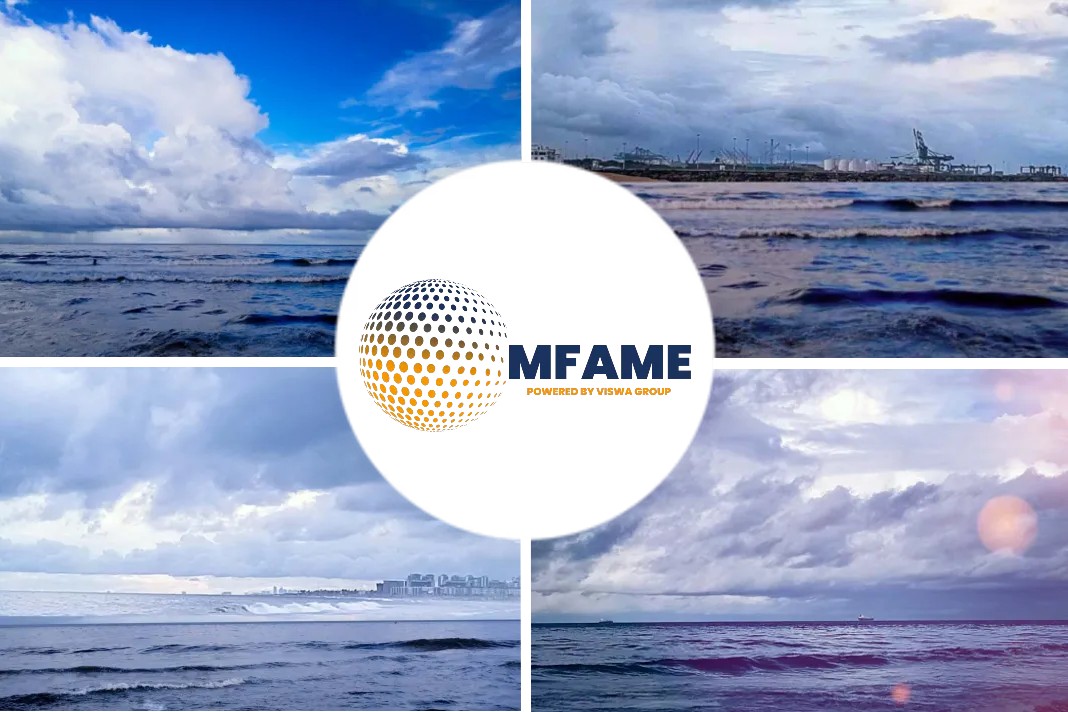- Panama’s marine fuels sales could return to 2019 levels in 2022.
- It may be due to the softer competition for high-sulphur fuel oil (HSFO) from Ecuador and very low-sulphur fuel oil (VLSFO) from Brazil and a possible opportunity to snatch up cheaper HSFO exports from Mexico.
A recent news article published in the Argus Media states that Panama to gain as bunker competition weakens.
Rise in Panama bunker
Panama bunker sales rose by 2pc to about 83,610 b/d [4mn metric tonnes (t)] during the first 10 months of 2021 but still lagged pre-pandemic levels by about 8pc. But Panama could soon gain a competitive advantage, if retail bunker prices rise in Ecuador and Brazil.
Ecuador’s state-owned PetroEcuador is favoring bulk HSFO exports. For most of 2021, HSFO for bunkering in Guayaquil, Ecuador, was priced lower than Balboa, on Panama’s Pacific coast.
But Guayaquil flipped to a premium in the last two months of the year as PetroEcuador committed more of its HSFO production for export and away from the bunker market.
PetroEcuador and monthly fuel oil sales
PetroEcuador put out monthly fuel oil sales tenders ranging from 900,000bl to 2.85mn bl in January-October.
But in mid-November, PetroEcuador offered for sale in one sitting 9.88mn-18.05mn bl of HSFO, depending on availability, which accounts for 30-50pc of the fuel oil produced by its 110,000 b/d Esmeraldas refinery.
As more HSFO is syphoned for exports, potential tightness of HSFO availabilities for bunkering in Ecuador could benefit HSFO sales in Balboa.
Brazil’s state-controlled Petrobras is selling off some of its refineries.
The new owners could focus on wholesale VLSFO exports, which could drive up VLSFO bunker prices in Brazilian ports, and give advantage to the port of Cristobal, on Panama’s Caribbean coast.
Low-sulphur residual fuel
Petrobras’s low-sulphur residual fuel oil is sold on the local bunkering market, for inland industrial and utility power generation or is exported, mostly to Singapore for bunkering.
In November, Petrobras sold its 333,000 b/d Mataripe (RLAM) refinery. RLAM produced 64,337 b/d of resid in the first ten months of 2021, 22pc of Brazil’s residual fuel oil production.
If the owners of Brazil’s divested refineries opt to export more cargos, Brazil’s VLSFO bunker prices could rise compared with Cristobal.
Through most of 2021, VLSFO prices in Cristobal and Santos, Brazil, were priced neck and neck.
Panama’s marine fuel suppliers could also be on the lookout for lower-priced Mexican HSFP to sell to ships with scrubbers.
Mexican HSFO prices could drop
Mexican HSFO prices could drop in 2022, as its demand as coker feedstock declines.
Mexico’s fuel oil has about 4pc sulphur content.
Demand for Mexican resid shrank in 2020 when the sulphur content in marine fuel was capped at 0.5pc.
But Mexico’s residual fuel oil exports rose by 41pc in the first ten months of 2021 from the same period in 2020, in part because of higher demand for HSFO for use as a coker feedstock in the US Gulf coast.
Offshore-produced sour Mars
Offshore-produced sour Mars crude output following the August landfall of Hurricane Ida in the US Gulf may have funneled heavy grade fuel oils into coker feedstock in lieu of tightening sour Mars supplies.
As Mars production returns to normal next year, demand for Mexican HSFO for coking could dampen and prices could decline.
Panama bunker suppliers could sense a bargain and raise their Mexican HSFO imports.
Did you subscribe to our daily Newsletter?
It’s Free! Click here to Subscribe
Source: Argus Media






















